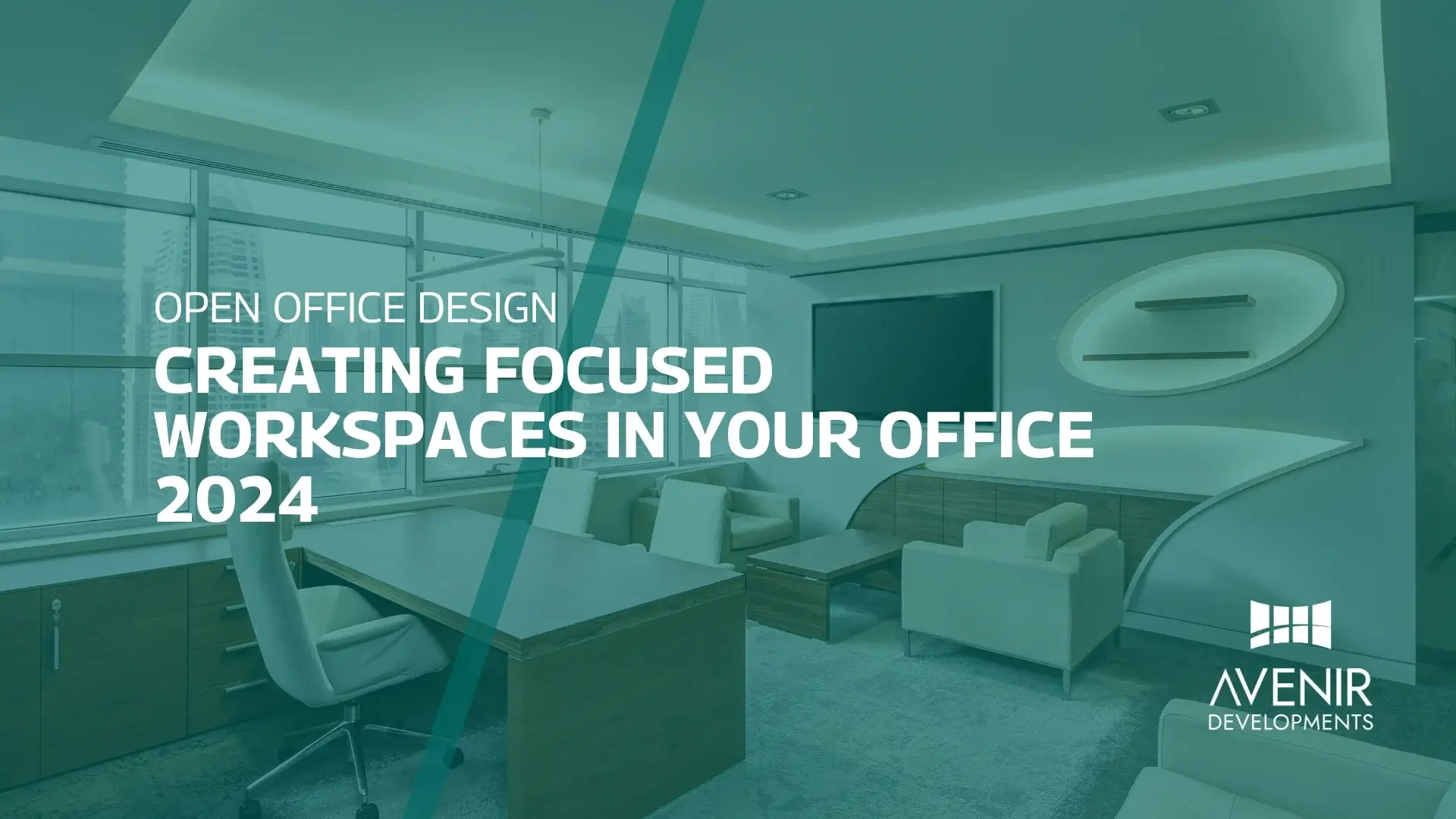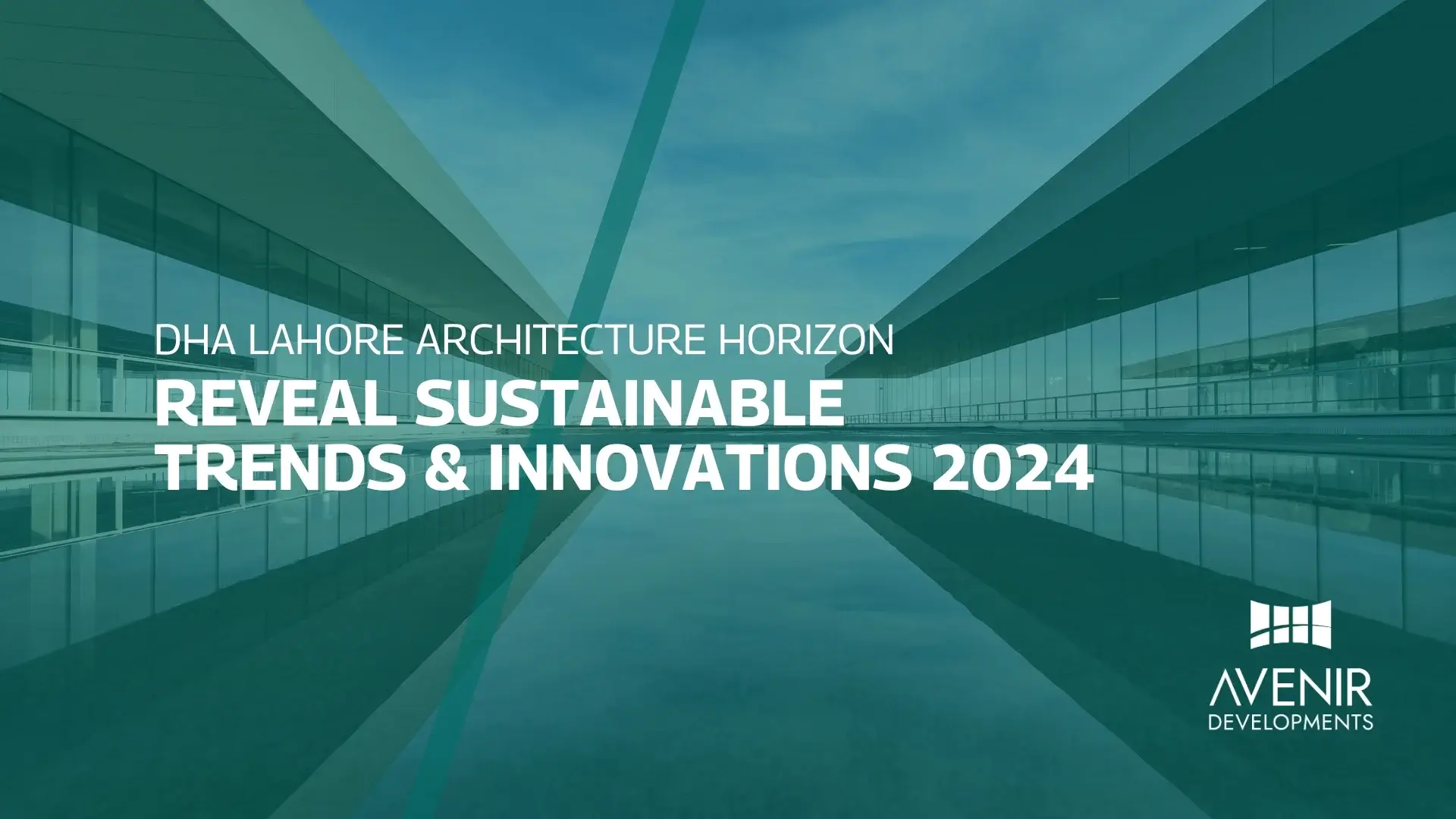Pakistan’s real estate sector is a significant contributor to its GDP, with an estimated value of $1.8 trillion and a growth rate of 5.4% to 5.9% in recent years. However, the reliance on plot sales is a limiting factor that hinders economic growth and consumer satisfaction in this sector. This blog argues for a change in strategy: a transition from selling plots to developing and selling developed real estate.
The Problem with Plot-Centric Real Estate
Selling plots offers easy entry for developers and quick profits for investors, however, this approach creates long-term problems that stifle growth. Let’s explore the key challenges:
- Broken promises, shattered dreams: Many housing developments remain unfinished, leaving buyers with just a plot file and unmet expectations. This erodes trust in the market and discourages real investment in livable properties.
- Stagnant economy: Land itself doesn’t generate economic activity. Focusing on plot sales leads to idle capital, hindering overall economic growth.
- Cash under the table: The plot-based system often relies on undocumented cash transactions. This facilitates tax evasion and creates a lack of transparency in the real estate market.
Moving from plots to fully developed properties unlocks a range of benefits:
- Economic Engine: Constructing houses, apartments, and commercial spaces creates jobs in the construction sector itself, as well as stimulates allied industries like steel and cement. This domino effect fuels broader economic growth. As evidence, Pakistan’s construction sector has seen a significant rise in employment – from 8% in 2019 to 9.5% in 2021 [source: naphda.gov.pk].
- Transparency and Revenue: Documented transactions for developed properties generate tax revenue for the government. This revenue can then be used for crucial infrastructure development and social welfare programs.
- Swifter Investment Returns and Steady Income: Developed properties offer a faster turnaround on investment compared to plots. Additionally, they provide a steady stream of income through renting, making them a more attractive proposition for investors.
How did Turkey and Malaysia do it?
The cases of Turkey and Malaysia offer valuable insights into the positive transformations achievable by shifting towards built properties in the real estate sector.
Turkey’s Transformation: From Red Tape to Real Estate Boom

Pakistan’s current plot-centric real estate system shares similarities with challenges faced by Turkey before the early 2000s. Bureaucratic hurdles and a focus on plot sales stifled development. However, Turkey’s turnaround offers valuable lessons:
- Cutting Red Tape: The Turkish government streamlined the approval process for building permits and construction projects. This faster turnaround incentivized developers to shift focus towards building completed properties.
- Financial Incentives: Targeted tax breaks were introduced for developers who finished projects within a set timeframe. These financial stimuli lowered development costs and boosted profits for builders concentrating on completed properties.
- Accessible Mortgages: Collaboration between the government and financial institutions led to more accessible mortgage options for homebuyers. This increased demand for pre-built houses and apartments, further encouraging developers to build complete structures.
The impact of these measures was undeniable. Turkey experienced a surge in construction activity, resulting in a wider variety of housing options for its citizens. Homeownership rates rose significantly, and the real estate sector became a major contributor to the country’s GDP.
Malaysia’s Masterstroke: Building Thriving Townships

Malaysia’s Masterstroke: Self-Contained Townships for Growth
Malaysia took a strategic leap forward by focusing on developing self-contained townships. These townships transcended mere housing projects, offering a complete lifestyle experience:
- Living Made Easy: A Mixed Bag of Offerings: The townships seamlessly integrated residential areas with commercial spaces like offices and shops, alongside green havens for parks and recreation. This fostered vibrant communities where residents could access all their daily needs within walking distance.
- Building the Foundation: Infrastructure Investment The government prioritized infrastructure development within these townships. This ensured residents had easy access to essential services like transportation, education, and healthcare facilities, right at their doorstep.
- Unlocking Potential: Foreign Investment Magnet The well-planned and executed development strategy attracted significant foreign investment, further fueling the real estate sector’s growth.
Malaysia’s model not only provided its citizens with an elevated quality of life but also transformed the country into a magnet for foreign investors. The success of these townships underscores the power of creating integrated living spaces that prioritize a holistic vision of community development.
How can we address this?
Building a Brighter Future: A Roadmap for Pakistan’s Real Estate Transformation
A successful transition from plot-centric to developed real estate requires collaboration between the government, developers, and financial institutions. Here’s a 6-step roadmap to navigate this journey:
1. Incentivize Developed Properties, Attract Developers:
- Tax Breaks: Offer tax rebates on building materials, property taxes, or income tax for developers who complete projects within a set timeframe.
- Infrastructure & Utility Support: Streamline building permit approvals and provide better access to utilities for developers focusing on pre-built properties.
- Strategic Land Allocation: Prioritize allocating land for mixed-use developments with a focus on pre-built houses, apartments, and commercial spaces.
2. Discourage Plot Sales, Encourage Responsible Development:
- Phased Development Plans: Mandate developers to submit master plans demonstrating phased development. This ensures infrastructure and amenities are built alongside housing units, reducing risks of abandoned projects.
- Plot Holding Time Limits: Implement time limits on how long developers can hold undeveloped plots before construction begins. This discourages land banking and incentivizes faster development.
3. Leverage Technology for Transparency and Trust:
- Digital Land Registry: Invest in a digital land registry system to improve record-keeping and reduce opportunities for fraud. This increases buyer confidence and encourages investment in built properties.
4. Make Homeownership a Reality with Financing Solutions:
- Interest-Free Financing Incentives: The government can provide tax breaks to lenders offering interest-free financing programs for real estate projects. This helps offset costs and incentivizes participation.
- Embrace Islamic Finance: Explore the use of Islamic finance products like profit-sharing or fee-based financing for interest-free mortgages. This caters to a wider range of investors and homebuyers.
- Enhanced Mortgage Accessibility: Collaborate with banks to offer easier access to mortgages for buyers of pre-built properties, making homeownership more attainable.
5. Empower Consumers Through Knowledge and Awareness:
- Public Awareness Campaigns: Launch public awareness campaigns highlighting the benefits of pre-built properties: faster move-in times, rental income potential, and lower maintenance.
- Investor Education Programs: Provide educational resources on the risks of undeveloped plots and the advantages of built properties, empowering investors to make informed decisions.
6. Embrace Innovation: Exploring New Frontiers:
- Prefabricated Homes: Encourage the adoption of prefabricated homes, a faster and more cost-effective construction method.
- Co-living and Micro-Apartments: Cater to the growing demand for smaller, more affordable living spaces in urban areas with co-living spaces and micro-apartments.
By implementing this roadmap, Pakistan can create a real estate landscape that benefits everyone – developers, investors, and most importantly, homeowners seeking a secure and fulfilling living environment.
Let’s not just sell plots, let’s build a sustainable future!
A Brighter Future for All: The Promise of Developed Real Estate
Shifting the focus towards developed properties creates a win-win scenario for everyone involved. This approach fosters economic growth through increased construction activity and job creation. Additionally, it generates much-needed tax revenue for infrastructure development and social programs. Most importantly, it offers Pakistan’s citizens a wider variety of housing options, catering to different needs and budgets.
By implementing the steps outlined in this roadmap and embracing innovative construction methods, Pakistan’s real estate sector has the potential to unlock its true potential. This transformation will significantly contribute to the nation’s overall development and create a more vibrant and prosperous future.
What’s Next for Pakistan’s Real Estate?
We invite you to share your thoughts and insights in the comments below! Let’s continue the conversation and explore the exciting possibilities that lie ahead for Pakistan’s real estate sector.
Explore More:
For more content related to Real Estate, Architecture, Design & property development, please visit Avenir Developments: https://avenirdevelopments.com/blog/







